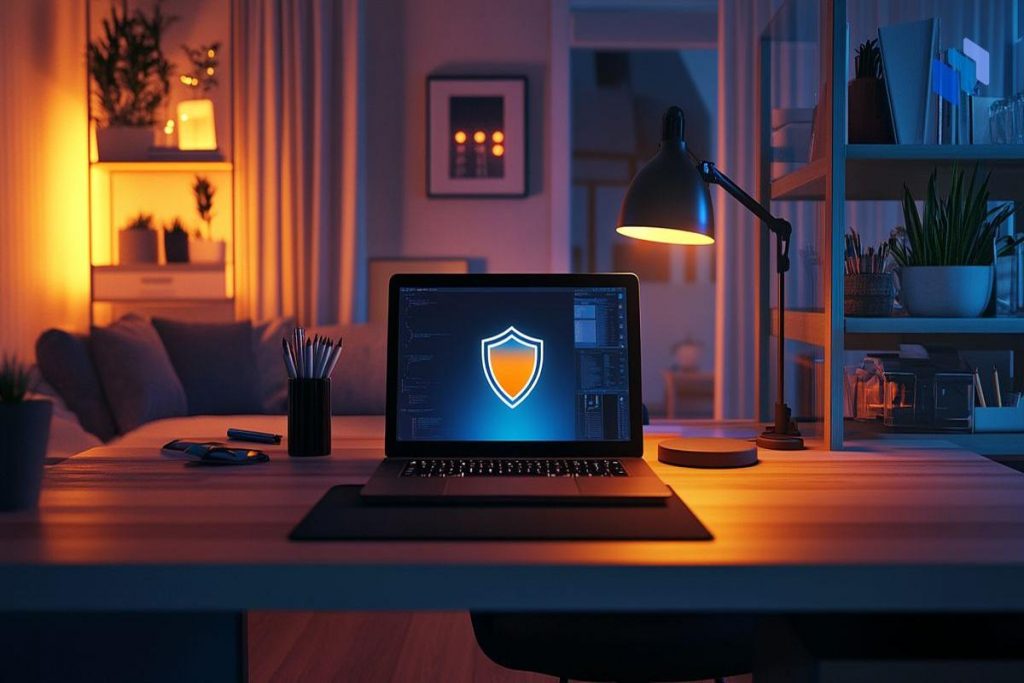| Jul 25, 2025
When the Organization’s Perimeter Disappears: Managing Insider Security Threats in Remote and Hybrid Environments

We’ve already talked about what insider threats look like and the damage they cause when the warning signs are missed. But there’s another layer that many organizations still haven’t adjusted to – what happens when there’s no physical perimeter at all?
This fifth installment of the Insider Security Threat Series focuses on how remote and hybrid work has completely shifted the insider risk landscape. Where your people work, how they access systems, and how threats surface are all different now. And if your security program hasn’t evolved with that change, you’re running with blind spots.
The New Insider Threat Landscape to Organizations
Let’s get one thing straight before we get into the meat and potatoes of this topic – remote work isn’t the problem. The issue is that most organizations embraced flexibility without investing in the visibility oversight mechanisms required to secure it.
Your employees are logging in from home, coffee shops, and airports; and they are often using personal devices, unsecured networks, or cloud-based tools that were never meant for enterprise-level insider threat detection. Because of this, security teams are left trying to manage sensitive access across more devices, more locations, and more platforms than ever before. This is not just complex, it significantly increases the security-related risk to organizations.
Emerging Risk Factors in Hybrid Work Environments
Remote and hybrid models introduce new challenges for insider threat mitigation:
- Device sprawl increases attack surfaces and creates uncontrolled endpoints.
- Shadow IT becomes a norm as employees look for ways to work around rigid workflows.
- Behavioral red flags are harder to spot without physical interaction.
- Isolation and burnout set in, and with them, increased risk of negligence or retaliation.
According to a Gallup poll, remote workers are more likely to report feeling disconnected from their team or organization. Importantly, that emotional distance is a known factor in many insider security threat cases, whether malicious or accidental.
What’s at Stake for Organizations Managing Insider Security Threats
When visibility is low, threats can escalate undetected. Confidential data can be saved locally and removed. Credentials can be shared or reused across personal devices. Offboarding becomes sloppy, and in some cases, former employees retain access far longer than anyone realizes.
The most dangerous part? These don’t always look like classic security “threats.” Often, it’s a frustrated employee working around a slow system. Or a high performer using unapproved apps to stay productive. But intention doesn’t matter much once sensitive data walks out the door.
What Organizations Need to Do Now to Prevent and Mitigate Insider Threats
It’s time to shift from old-school perimeter defense to a more dynamic, behavior-driven approach. The future of insider threat detection in hybrid environments includes:
- Identity-first security: Understand who is accessing what, where, and why, even across personal or mobile devices.
- Anomaly detection based on user behavior: Not just rigid rules or thresholds.
- Tight coordination across Security, IT, HR, and Legal: Because insider security threats don’t fall neatly into one department.
- Protective intelligence programs: Combine technical controls with behavioral insights.
A Forrester study found that companies using behavior-based insider threat programs detect and contain threats 42% faster than those relying on traditional monitoring alone. That’s the difference between catching a breach in progress and cleaning up after one.
How Convoy Group Approaches the Problem of Insider Threats to Organizations
At Convoy Group, we don’t rely on checklists or off-the-shelf software. We help clients build protective intelligence programs that reflect the reality of how people work today. That includes distributed teams, mobile workforces, and cloud-based tools.
We build security infrastructure that identifies risks early, before something goes sideways. And we help your teams recognize, report, and respond to security-related threats that don’t always look risky on the surface.
Coming Up in Part 6 of the Insider Threat Series
In the next blog, we’ll break down how to build insider threat programs that work; security programs that are cross-functional, collaborative, and grounded in protective intelligence.
Because if insider risk touches every part of your organization, then your prevention and response strategy needs to be as well.
Is your insider threat strategy keeping up with the way your team works today? If not, let’s talk.
Email: chrisklossner@convoygroupllc.com.
